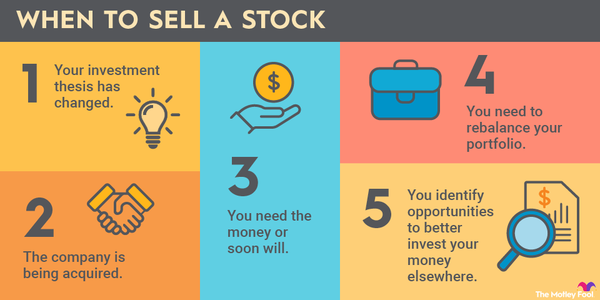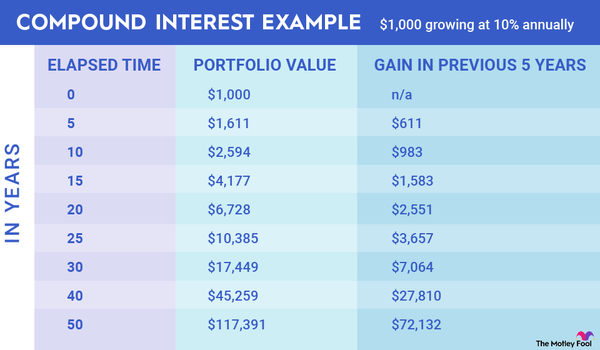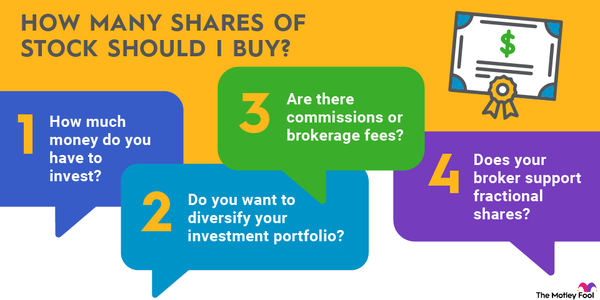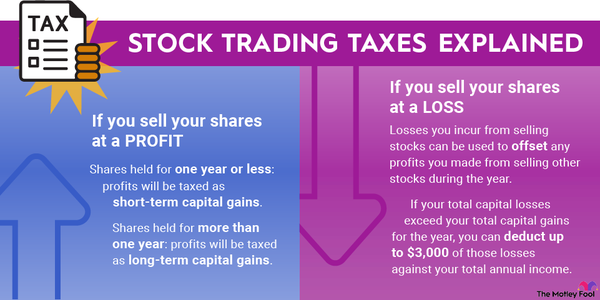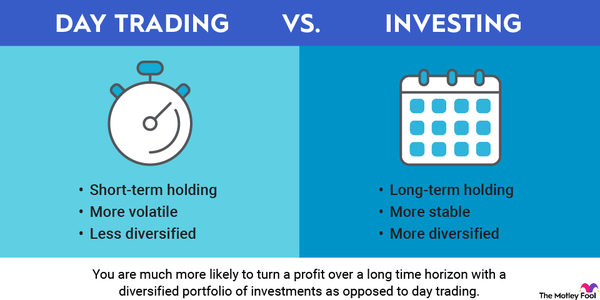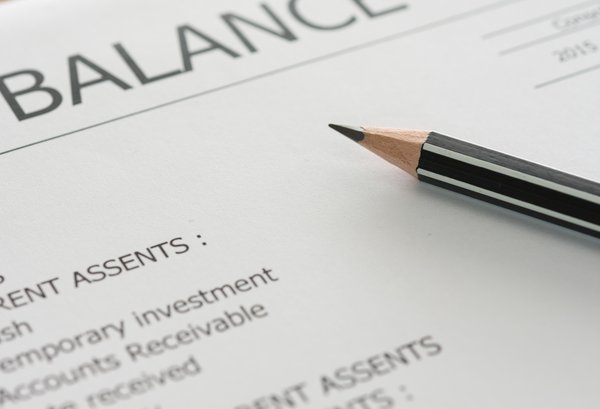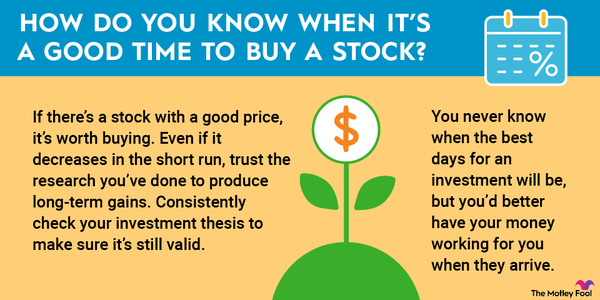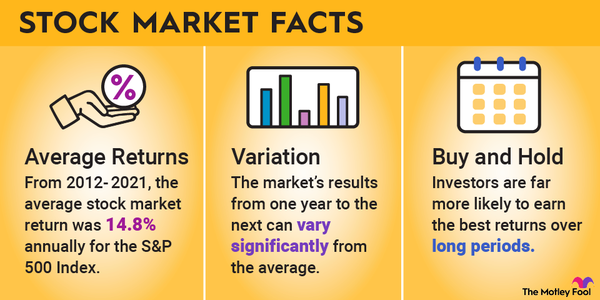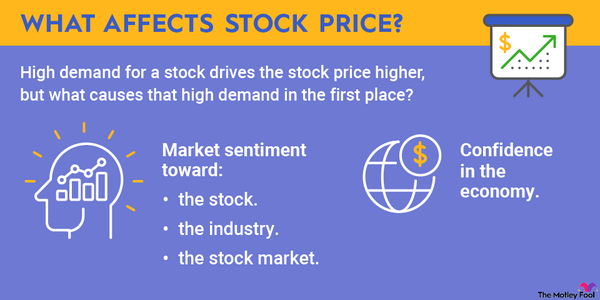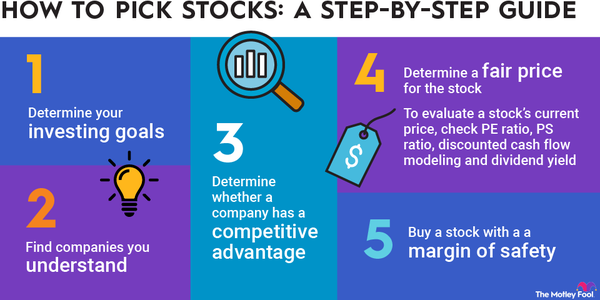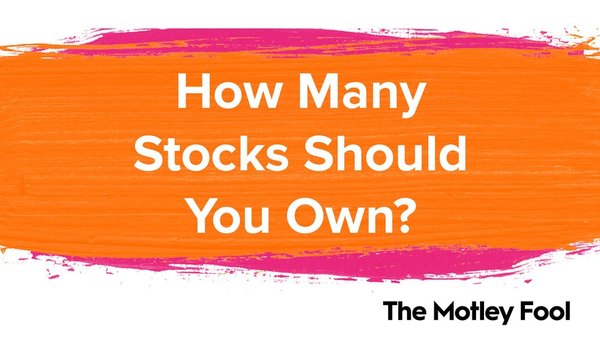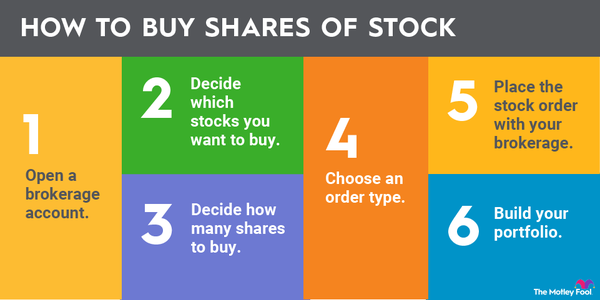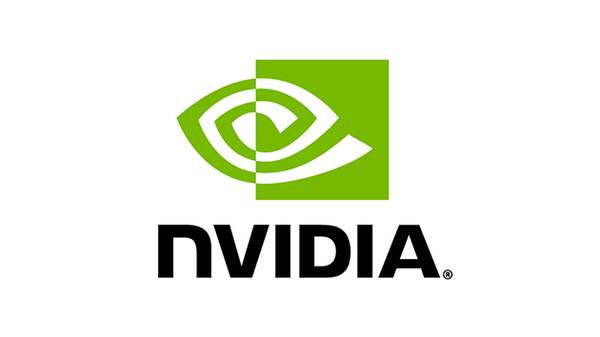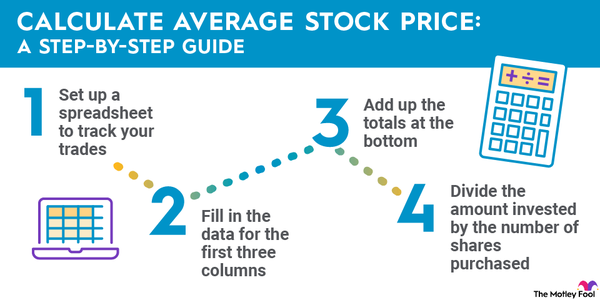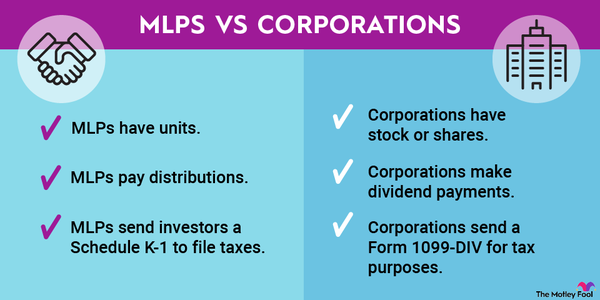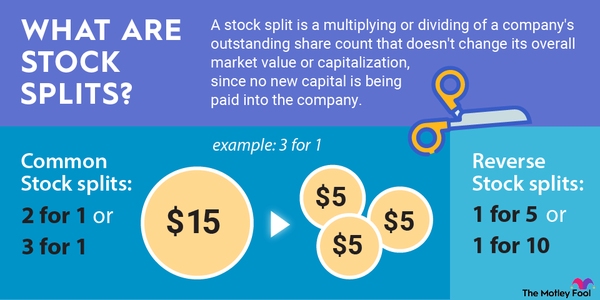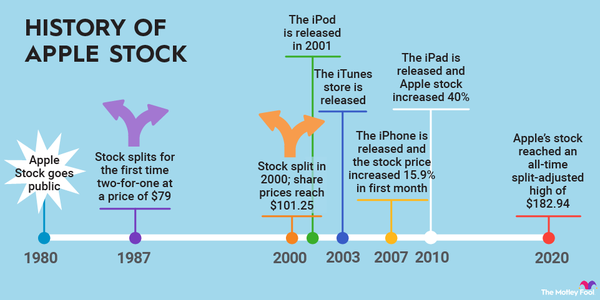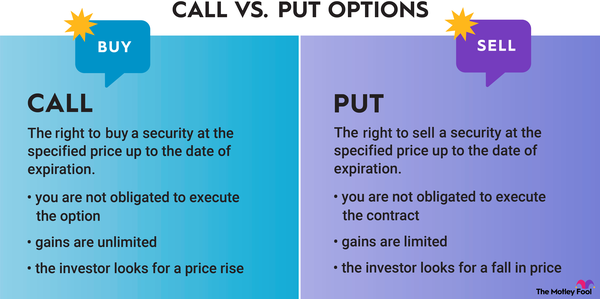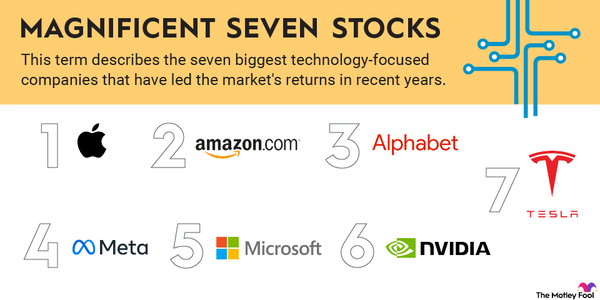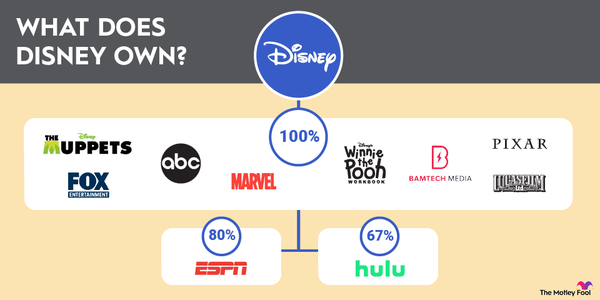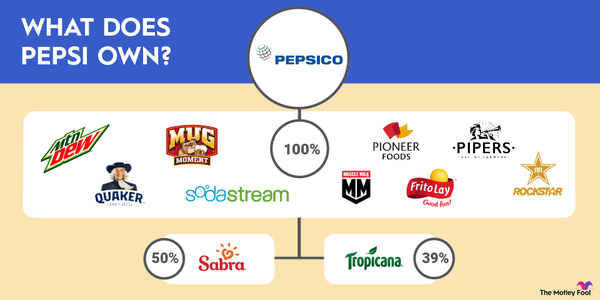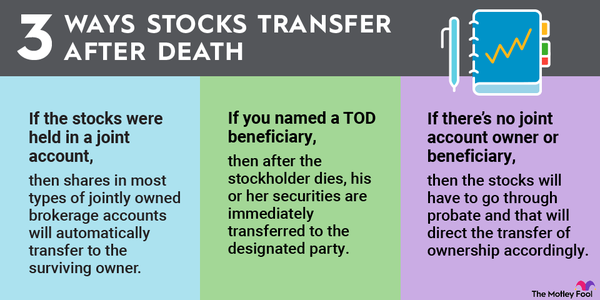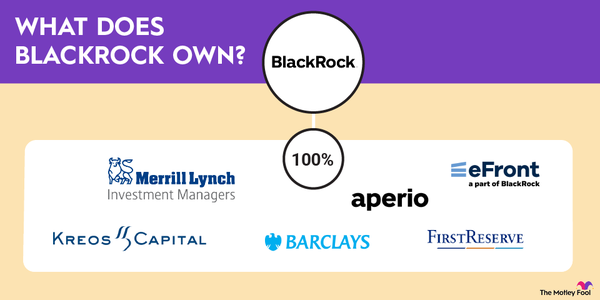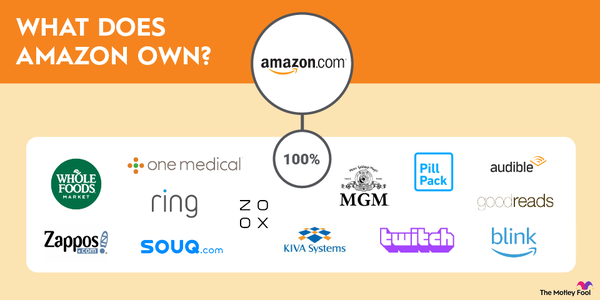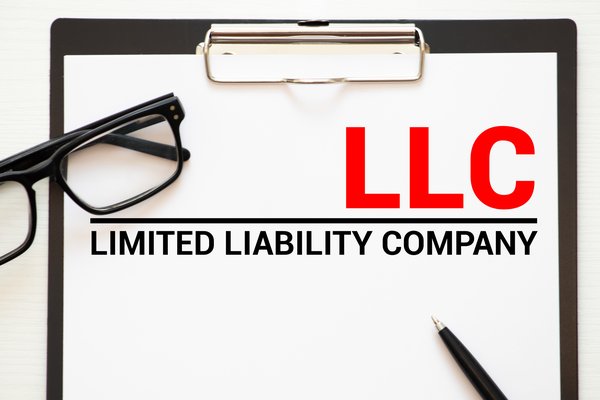Stock investing is putting your money to work in publicly traded companies. Stock investing can allow you to own a piece of your favorite retailers, software providers, and much more.
A share of stock represents a slice of ownership in a company and entitles the owner to benefit from its future profits. When done the right way, investing in stocks is one of the most effective ways to build long-term wealth. But like most financial decisions, there are right ways and wrong ways to invest in the stock market.
With that in mind, here's a step-by-step guide to investing money in the stock market correctly.
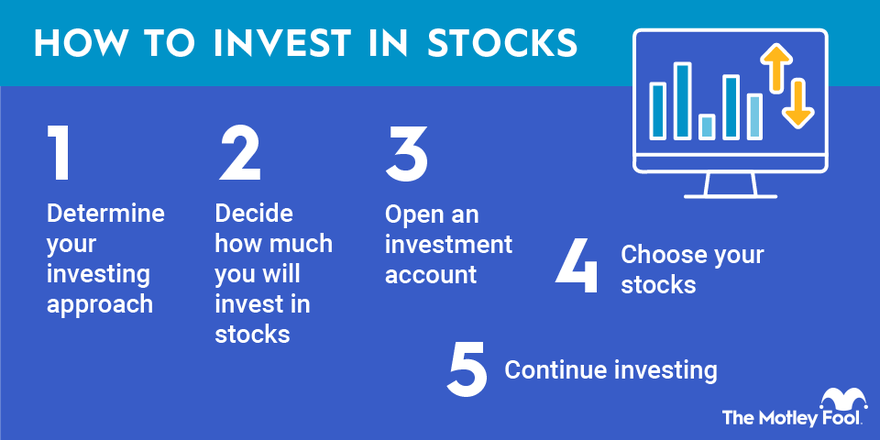
Determine your approach
1. Determine your investing approach
The first thing to consider is how to start investing in stocks the right way for you.
Some investors buy individual stocks, while others take a more passive approach with mutual funds and exchange-traded funds (ETFs -- more on those in a bit). Both can be equally valid ways to put your money to work.
Try this. Which of the following statements describes you?
- I'm an analytical person who enjoys crunching numbers and doing research.
- I hate math and don't want to do a ton of "homework."
- I have several hours each week to dedicate to stock market investing.
- I like to read about the various companies I can invest in, but I don't have any desire to delve into anything math-related.
- I'm a busy professional and don't have the time to learn how to analyze stocks.
As long as you agree with at least one of these, you're a great candidate to become a stock market investor. The only thing that will change is how you do it.
The different ways to invest in the stock market
Individual stocks
You should invest in individual stocks if -- and only if -- you have the time and desire to thoroughly research and evaluate stocks on an ongoing basis. If this is the case, we 100% encourage you to do so.
On the other hand, maybe quarterly earnings reports and moderate mathematical calculations don't sound appealing. In that case, there's absolutely nothing wrong with taking a more passive approach.
Index funds
If you'd like to play a role in your investment decisions but don't necessarily want to choose individual stocks, you can invest in index funds. These track a benchmark index, such as the S&P 500. Index funds typically have low costs and are virtually guaranteed to match the long-term performance of their underlying indexes, minus some small investment fees.
Robo-advisors
Does putting your stock investing on autopilot sound like the best choice for you? One option that has exploded in popularity in recent years is the robo-advisor.
A robo-advisor, also known as an automated investing platform, is a brokerage that invests on your behalf in a portfolio of index funds appropriate for your age, risk tolerance, and investing goals. Not only can a robo-advisor select your investments, but many will also optimize your tax efficiency and make changes over time automatically.
Robo Advisor
Decide how much to invest
2. Decide how much money you will invest in stocks
First, let's talk about the money you shouldn't invest in stocks.
In simple terms, the stock market is no place for money you might need within the next five years, at a minimum. Money you need to pay your kids' tuition or pay day-to-day expenses in retirement should be kept in less-volatile investment vehicles.
The stock market will almost certainly rise over the long run. However, there's simply too much uncertainty in stock prices in the short term. In fact, a drawdown of 20% in any given year isn't unusual, and occasional drops of 40% or even more do happen. Stock market volatility is normal and should be expected.
So, here's what money you shouldn't be investing:
- Your emergency fund.
- Money you'll need to make your child's next few tuition payments.
- Next year's vacation fund.
- Money you're saving for a down payment on a home.
Asset allocation
How you distribute your investable money is a concept known as asset allocation. There are a few factors that come into play here. Your age is a major consideration, as are your particular risk tolerance and investment goals.
Let's start with your age. The general idea is that as you get older, stocks become a less desirable place to keep your money. If you're young, you have decades ahead of you to ride out any ups and downs in the stock market. This isn't the case if you're retired and rely on your investments for income.
Here's a quick guideline, known as the Rule of 110, to help you establish a ballpark asset allocation.
To use it, simply subtract your age from 110. This is the approximate percentage of your investable money that should be in stocks (including mutual funds and exchange-traded funds (ETFs) that are stock-based). The remainder should be in fixed-income investments, such as bonds or high-yield certificates of deposit (CDs).
Bonds
For example, let's say you are 40 years old. This rule suggests that 70% of your investable money should be allocated to stocks, with the other 30% in fixed-income investments, such as bonds or high-yield CDs.
Open an account
3. Open an investment account
All the advice about investing in stocks for beginners doesn't do you much good if you don't have any way to actually buy stocks. To do this, you'll need a specialized type of account called a brokerage account.
These accounts are offered by companies such as Charles Schwab (SCHW 1.55%), E*TRADE from Morgan Stanley (MS 1.36%), and many others, as well as by newer app-based platforms, including Robinhood (HOOD 2.04%) and SoFi (SOFI -2.85%). Opening a brokerage account is typically a quick and painless process that takes only minutes.
You can easily fund your brokerage account via an electronic funds transfer, by mailing a check, or by wiring money. Opening a brokerage account is generally easy, but you should consider a few things before choosing a particular broker:
Type of account
First, determine the type of brokerage account you need. For most people who are just trying to learn stock market investing, this means choosing between a standard brokerage account and an individual retirement account (IRA).
Both account types will allow you to buy stocks, mutual funds, and ETFs. The primary considerations here are why you're investing in stocks and how easily you want to be able to access your money. If you want easy access to your money or are just investing for a rainy day, you'll probably want a standard brokerage account.
On the other hand, if your goal is to build up a retirement nest egg, an IRA is a great way to go. These accounts come in two main varieties -- traditional and Roth IRAs -- and there are some specialized types of IRAs for self-employed people and small business owners, including the SEP IRA and SIMPLE IRA.
A key point is that IRAs are highly tax-advantaged places to buy stocks. However, the downside is that it can be difficult to withdraw your money until you get older.
One potentially appealing feature of Roth IRAs is the ability to withdraw your contributions (but not your investment profits) at any time and for any reason.
Compare costs and features
The majority of online stockbrokers have eliminated trading commissions for online stock trades. So, most (but not all) are on a level playing field as far as costs are concerned, unless you're trading options or cryptocurrencies, both of which often have trading fees. However, there are several other big differences.
For example, some brokers offer customers a variety of educational tools. Some offer access to investment research and other features that are especially useful for newer investors. And some have physical branch networks, which can be nice if you want face-to-face investment guidance.
There's also the user-friendliness and functionality of the broker's trading platform to consider. Many will let you try a demo version before committing any money; if that's the case, it can be well worth the time.
Choose stocks
4. Choose your stocks
We've answered the question of how you buy stocks. If you're looking for some great beginner-friendly investment ideas, here is a list of some of our top stocks to buy and hold to help get you started. Note that this isn't intended as personal advice -- just some well-run businesses to help get your search started.
Of course, in just a few paragraphs, we can't go over everything you should consider when selecting and analyzing stocks, but here are the important concepts to master before you get started:
- Diversify your portfolio.
- Invest only in businesses you understand.
- Avoid high-volatility stocks until you get the hang of investing.
- Always avoid penny stocks.
- Learn the basic metrics and concepts for evaluating stocks.
It's a good idea to learn the concept of diversification, which means you should have a variety of different types of companies in your portfolio.
However, I'd caution against too much diversification.
Stick with businesses you understand -- and if it turns out that you're good at (or comfortable with) evaluating a particular type of stock, there's nothing wrong with one industry making up a relatively large segment of your portfolio.
If you want to invest in individual stocks, you should familiarize yourself with some of the basic ways to evaluate them. Our guide to value investing is a great place to start. There, we help you find stocks trading for attractive valuations.
Continue to invest
5. Continue investing
Here's one of the biggest secrets of investing, courtesy of the Oracle of Omaha himself, Warren Buffett: You do not need to do extraordinary things to get extraordinary results.
The most surefire way to make money in the stock market is to buy shares of great businesses at reasonable prices and hold on to the shares for as long as the businesses remain great (or until you need the money). If you do this, you'll experience some volatility along the way. But over time, you'll most likely enjoy excellent investment returns.
Types of stocks
Types of stocks
There are literally hundreds of categories and subcategories of stocks. However, here are some of the common categories investors should be familiar with:
- Common stocks: Stocks that allow you to own equity in a business
- Preferred stocks: Stocks that have a guaranteed rate of return and work like debt instruments, not equity investments
- Growth stocks: Companies that are growing sales faster than the overall stock market average
- Value stocks: Companies whose stocks are (theoretically) trading for a discount to the intrinsic value of the business
- Dividend stocks: Stocks that pay regular distributions of cash to investors
- Large-cap stocks: Generally used to refer to companies with a $10 billion market cap or higher
- Mid-cap stocks: A company with a market cap between $2 billion and $10 billion
- Small-cap stocks: Companies with less than $2 billion in market cap
Potential benefits and risks
Potential benefits and risks of investing in stocks
As mentioned, stocks can be a great way to create wealth over time. Over periods of several decades, major stock market averages have produced returns of between 9% and 10% annually.
The main risks are related to how volatile stocks can be over short periods of time. Swings in the stock market of 10% are rather common, happening about once a year, and declines of 20% or greater (which define a bear market) happen occasionally.
Related investing topics
Mistakes to avoid
Stock investing mistakes to avoid
There are many potential mistakes new stock investors can make, and here are some of the most common. Avoiding these can save you a lot of money and aggravation as you build your investment portfolio:
- Don't make emotional investing decisions. Our instincts tell us to put our money into stocks when they're going up and we see everyone else making money, and to sell "before things get any worse" when stocks go down. This is literally the opposite of "buy low, sell high," the central goal of investing.
- Don't day trade or try to buy stocks because you think prices are about to go up. Leave short-term trading to professionals.
- Don't invest on margin (borrowed money). Not only will you pay interest on the money you borrow, but if your stocks fall, this can magnify your losses.
- Don't use options to invest, at least until you really know what you're doing.
FAQ
Investing in stocks: FAQ
Are stock investing apps safe?
Yes, as long as you choose a reputable and properly registered company, a stock investing app is very safe. Note that I mean it's safe in terms of the company being legitimate -- there's no guarantee about the safety of the investments you choose.
One quick check is to ensure that the brokerage app you choose is a member of the Securities Investor Protection Corporation (SIPC). The SIPC is essentially the equivalent of the Federal Deposit Insurance Corporation (FDIC) for the brokerage industry.
How do I start investing in stocks?
There are a few things you need to do before you start investing. First, determine your risk tolerance, then decide whether you want to invest in individual stocks or more passive investments, such as ETFs.
Next, decide how much money you can invest long term and which brokerage or robo-advisor is best for you. Perhaps most importantly, when you're just getting started, take advantage of the educational resources at your disposal and learn all you can.
How should beginners buy stocks?
The first step in buying stock is to open a brokerage account, which is a specialized financial account designed to buy, hold, and sell investments. There are many different brokers, but beginners should generally choose one that is easy to use and doesn't require a minimum initial deposit. However, the best broker for you depends on your particular risk tolerance and investment strategy.
Can I invest $100 in stocks?
You can get started investing with a relatively small amount of money, and thanks to the emergence of fractional share trading, you can build a diverse portfolio with just $100. If you have $100 to invest, here are our best suggestions for what to do with it:
- Use a micro-investing app or robo-advisor.
- Invest in a stock index mutual fund or ETF.
- Open a brokerage account that offers fractional share investing and invest in your favorite companies.
- Open an IRA.
- Put it in your 401(k).
How much should I invest in stocks as a beginner?
There's no one-size-fits-all answer to this question since we all have different financial situations. But a general rule is that you shouldn't invest any of your savings that you'll need within the next few years. It's not uncommon for the market to decline by 20% or more in any given year. And once you start investing, it's a great strategy to regularly add money to your investment account over time.
How do I open a brokerage account?
Here's your step-by-step guide to opening a brokerage account:
- Determine the type of brokerage account you need.
- Compare costs and incentives.
- Consider the services and conveniences offered.
- Decide on a brokerage firm.
- Fill out the application for a new account.
- Fund the account.
- Start researching investments.
What is the S&P 500?
The S&P 500 (also known as the Standard & Poor's 500) is a stock index comprising the 500 largest companies in the U.S. Its performance is generally considered the best indicator of how U.S. stocks are performing overall.
How much money do I need to invest to make $1,000 a month?
If you're investing in stocks, your returns will not be consistent from month to month, so it's impossible to say for sure. If you're investing in fixed-income instruments, such as bonds or CDs, you can divide $12,000 ($1,000 per month, expressed yearly) by your expected annual percentage yield (APY) to figure out how much you need to invest.











